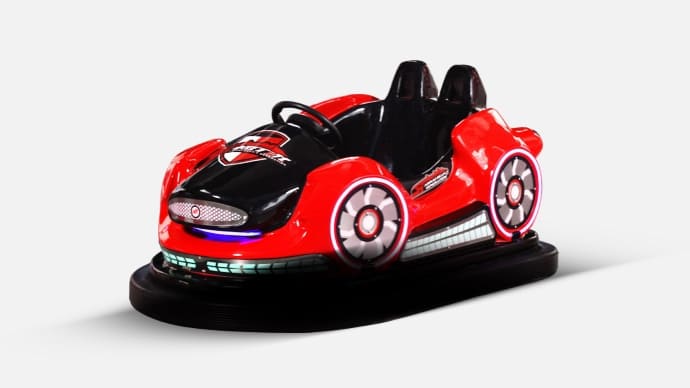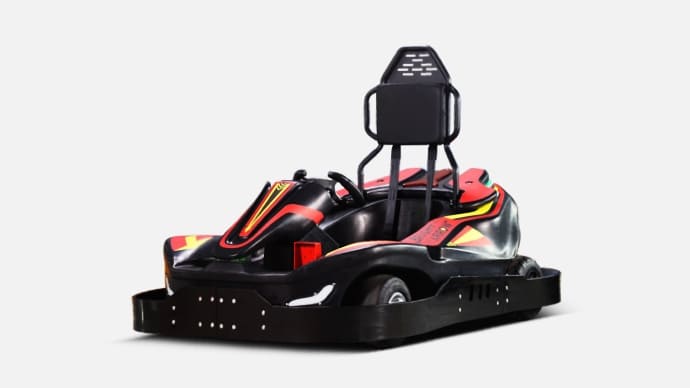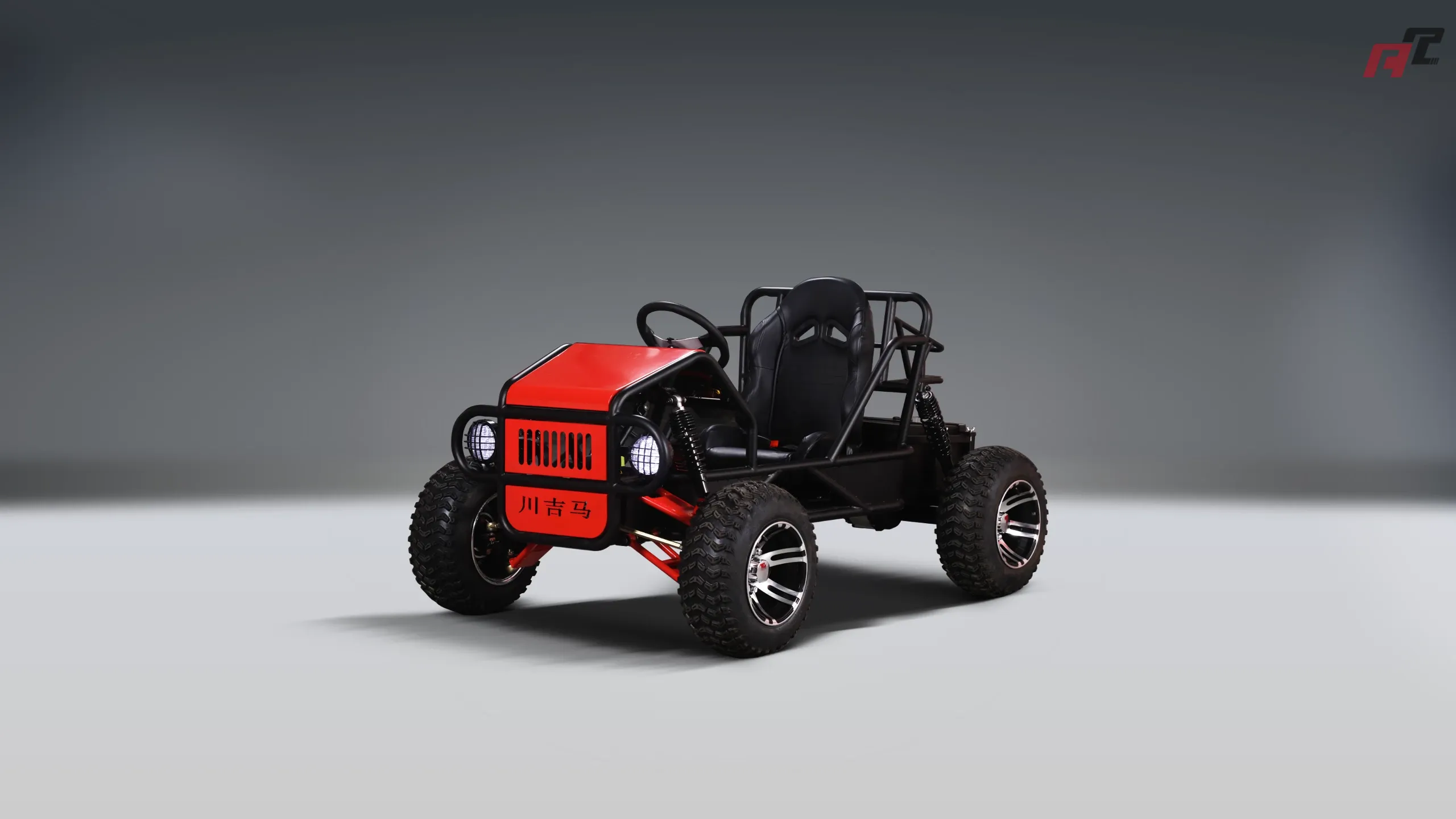can bumper cars cause whiplash | ANCHI Guide
Explore the risk of whiplash in bumper cars. Understand the factors involved and safety tips to minimize potential injuries on the ride. Learn more with ANCHI.
Can Bumper Cars Really Cause Whiplash?
Bumper cars, a staple of amusement parks and carnivals, are often perceived as harmless fun. However, the sudden impacts and jerking motions inherent in the ride can, in some cases, lead to whiplash or other neck and back injuries. While serious injuries are relatively rare, it's essential to understand the potential risks involved.
What is Whiplash and How Does It Relate to Bumper Cars?
Whiplash is a neck injury caused by a sudden, forceful back-and-forth movement of the head, much like the cracking of a whip. This rapid motion can strain the muscles and ligaments in the neck. In bumper cars, this motion occurs when your car is struck unexpectedly, causing your head to snap forward and then backward.
Symptoms of whiplash can include:
- Neck pain and stiffness
- Headaches
- Dizziness
- Fatigue
- Blurred vision
- Difficulty concentrating
What Factors Increase the Risk of Whiplash in Bumper Cars?
Several factors can increase the likelihood of whiplash in bumper cars:
- Impact Speed: Higher impact speeds generate more force, increasing the risk of injury. The actual speed of bumper cars varies by venue. Some are limited to very low speeds, while others may reach speeds of up to 5-6 mph.
- Seat Design and Headrests: Bumper cars generally lack proper headrests or supportive seating. This absence allows for a greater range of motion during impact, increasing the likelihood of whiplash. Newer, more advanced bumper car designs sometimes incorporate higher back seats, offering some level of head support. However, these features are not standard.
- Age and Physical Condition: Children and the elderly are more susceptible to whiplash due to weaker neck muscles and a less resilient spine. Pre-existing conditions, such as arthritis or previous neck injuries, can also increase the risk.
- Rider Positioning: How the rider is seated and braced for impact plays a significant role. Unexpected impacts can cause more severe whiplash.
- Restraint Systems (or Lack Thereof): Most bumper cars do not have seatbelts or other restraint systems, meaning the rider's body absorbs the full force of the impact.
How Can You Minimize the Risk of Whiplash While Riding Bumper Cars?
While it's impossible to eliminate the risk entirely, you can take steps to minimize the potential for whiplash:
- Maintain Proper Posture: Sit upright and try to keep your head and neck aligned with your spine.
- Brace Yourself: If you see an impact coming, try to brace your neck muscles to reduce the force of the whiplash.
- Limit Head Movement: Avoid unnecessary twisting or turning of your head during the ride.
- Consider Your Physical Condition: If you have a pre-existing neck condition or are particularly vulnerable to injury, consider whether bumper cars are an appropriate activity.
- Follow Park Rules: Adhere to all posted rules and instructions provided by ride operators. This is important in maintaining a safe environment for all riders.
Are There Statistics on Bumper Car Injuries?
Specific, comprehensive statistics on bumper car injuries are difficult to obtain as most injuries are not severe enough to require hospitalization and often go unreported. However, personal injury law firms often report an increase in inquiries related to bumper car injuries during peak amusement park season, suggesting these incidents do occur. While large scale studies dedicated solely to bumper cars are limited, injury databases from hospitals and urgent care clinics demonstrate a consistent (though small) occurrence of neck and back pain after amusement park visits.
While bumper cars are designed for fun, understanding the potential for whiplash and taking preventative measures can help ensure a safer and more enjoyable experience.














